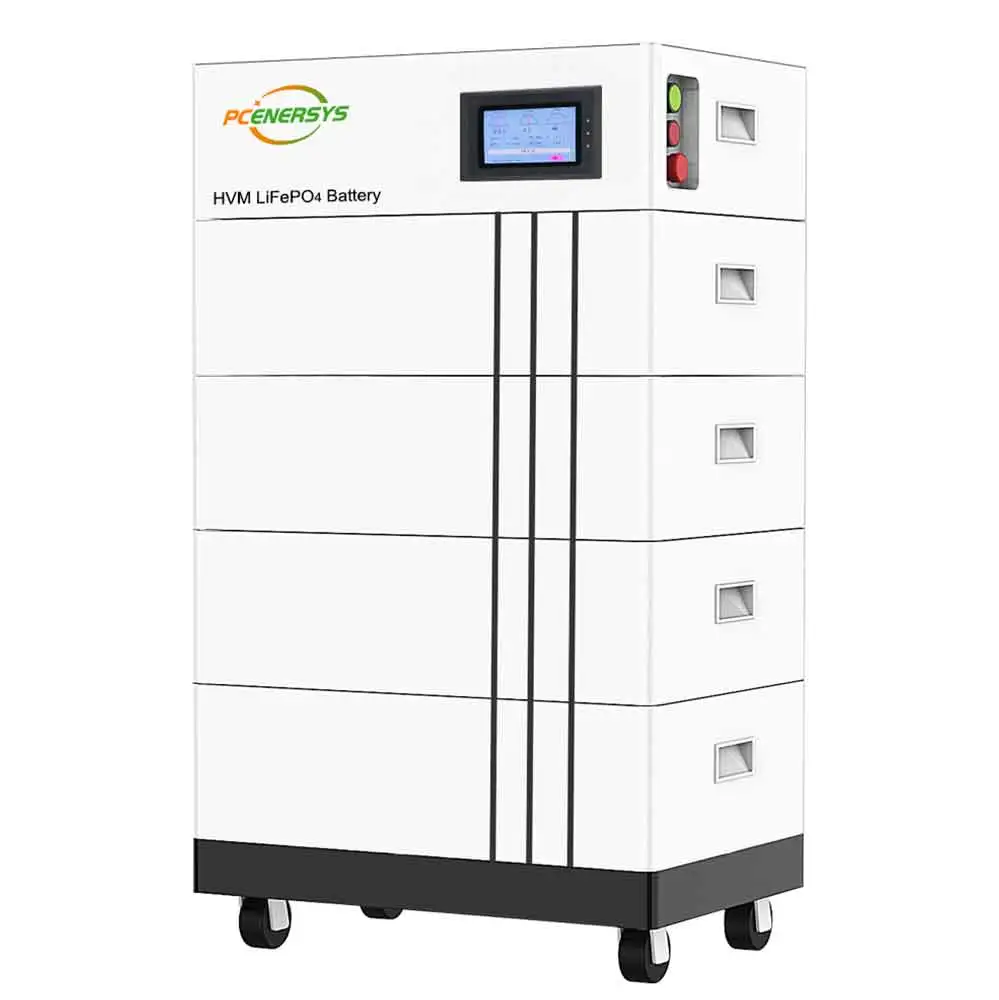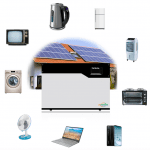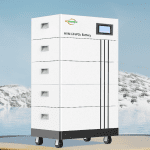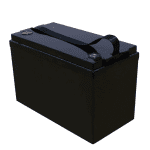When selecting energy storage solutions, high voltage lithium ion batteries and supercapacitors are often compared to see which is more suitable for energy storage. In this article, we will explore the intricacies of these two technologies and provide users and consumers with a comprehensive comparison. Choose the energy storage solution that suits your needs by understanding high-voltage lithium-ion batteries and supercapacitors’ advantages, disadvantages, and applications.
High voltage lithium-ion battery technology
The core of a high voltage lithium ion battery is a cathode and anode made of specific materials, usually lithium cobalt oxide (LiCoO2) as the cathode and graphite as the anode. Lithium ions move from the cathode to the anode through the electrolyte during charging. This movement of ions generates electrical energy. A key technical feature of high-voltage lithium-ion batteries is achieving higher voltage levels. High voltages can increase energy density. These batteries can store more power in the same physical space. Another notable feature is the use of advanced cathode materials, including NCM or LiFePO4, which help improve cycle life and overall battery performance as well as the efficiency of the charging and discharging processes.
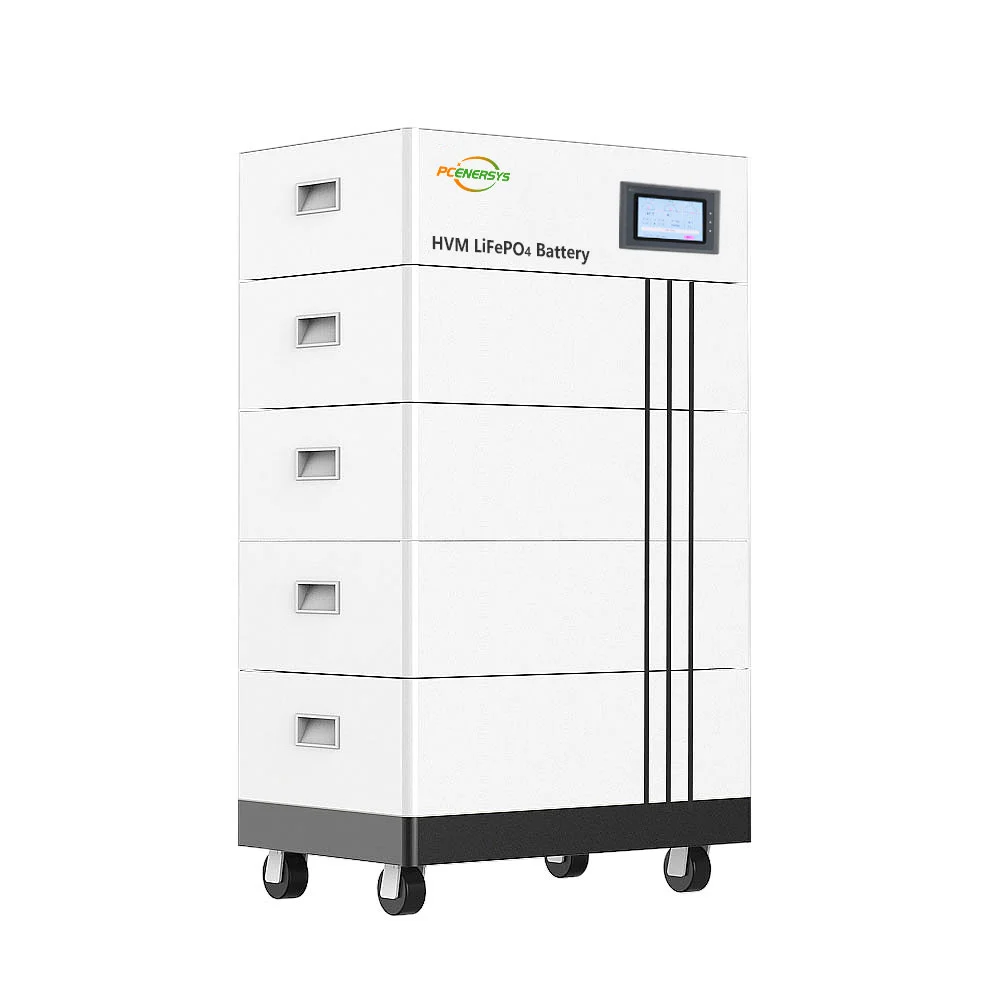
Advantages and limitations of high-voltage lithium-ion batteries
High voltage lithium ion batteries are compatible with renewable energy systems. They are very suitable for grid energy storage and renewable energy systems, helping to efficiently integrate intermittent energy sources such as solar power and wind power. Its high voltage allows electric vehicles with high-voltage lithium-ion batteries to achieve longer driving ranges on a single charge, solving a vital issue for the widespread adoption of electric transportation. Its disadvantages are also apparent. High voltage batteries can pose safety risks, especially if they suffer thermal runaway or overheat. The materials and technologies used in early-stage high-voltage lithium-ion batteries can be expensive, affecting overall system costs.
Interpreting supercapacitor technology
Supercapacitors use double-layer charge distribution formed by an electric field to store energy. Its core components include electrodes, electrolytes, and dielectrics. Electrodes are a vital supercapacitor component usually made of activated carbon or metal oxides. These materials have large surface areas that help increase the storage capacity of capacitors. Its electrolyte is a liquid or solid used to conduct charge, connecting the positive and negative electrodes to promote the regular operation of the capacitor. The dielectric is the material that separates the positive and negative electrodes to prevent short circuits. High molecular weight polymers are usually used to ensure that the charges do not come into direct contact. The technological progress of supercapacitors mainly focuses on improving energy density, reducing internal resistance, and extending life.
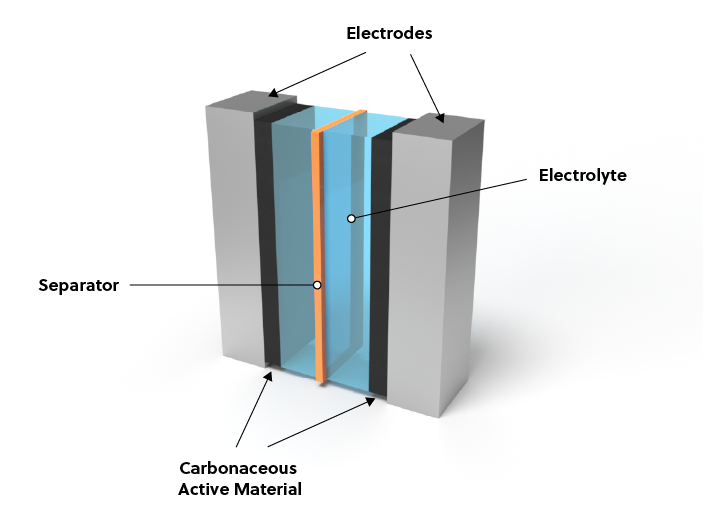
Advantages and Disadvantages of Supercapacitors
The advantages of supercapacitors are fast charge and discharge cycles, and their unique design utilizes double-layer charge storage at the electrode-electrolyte interface to enable rapid energy exchange, making them ideal for applications requiring frequent bursts of power. Unlike batteries, supercapacitors have a longer cycle life and can withstand multiple charge and discharge cycles without significant performance degradation. At the same time, it can provide bursts of energy in a short period, making it suitable for applications requiring rapid energy release. Their disadvantage is their lower energy density. While they excel at delivering high power, their total energy storage capacity per unit mass or volume is typically low, limiting their suitability for long-term energy storage applications.
Applications of high voltage lithium ion batteries and supercapacitors
High voltage lithium ion batteries are commonly used in electric vehicles (EVs) to balance energy density with power output for driving range and acceleration. They are also suitable for uninterruptible power supply (UPS) systems in industrial environments, and the high voltage configuration is ideal for critical infrastructure requiring reliable and high-capacity energy storage. The main application of supercapacitors is in regenerative braking systems for electric and hybrid vehicles. It can quickly capture and store energy during braking and release it soon during acceleration, improving overall energy efficiency. It is also suitable for short-term energy storage in uninterruptible power supply (UPS) systems.
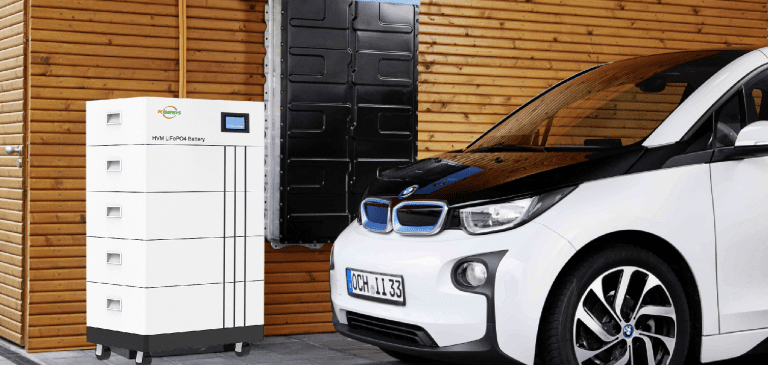

Ultimately
The choice between high-voltage lithium-ion batteries and supercapacitors depends on various factors, including user performance requirements and environmental considerations. Through this article, we want our user readers to understand the advantages and disadvantages so that they can make an informed decision based on their unique needs.

